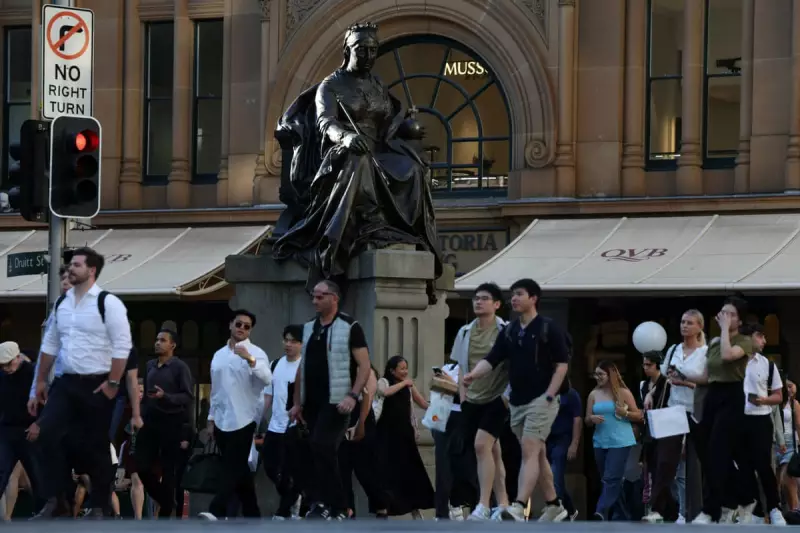
Australia's economy has delivered an unexpected jolt with unemployment surging to its highest level in over a year, challenging assumptions about the nation's economic strength and prompting calls for stimulus measures.
Sharp Spike in Joblessness
The latest labour force data reveals Australia's unemployment rate jumped to 4.4% in September, significantly higher than economists' predictions and marking the steepest increase in recent memory. This surprising development suggests the economy may be cooling more rapidly than previously thought.
Economy Shows Signs of Strain
Rather than displaying signs of overheating that would warrant interest rate hikes, the Australian economy appears to be losing momentum. The data indicates:
- Employment fell by 22,000 positions
- Underemployment also rose noticeably
- Multiple sectors showed weakening demand for workers
This combination of factors paints a picture of an economy in need of support rather than restraint.
RBA Faces Policy Dilemma
The Reserve Bank of Australia now faces a complex decision-making environment. With inflation concerns previously dominating policy discussions, the sudden labour market weakness introduces new considerations for interest rate settings.
Economic analysts suggest the central bank may need to pivot from its tightening bias toward a more supportive stance to prevent further deterioration in employment conditions.
Call for Economic Stimulus
Several prominent economists are now advocating for government intervention to bolster economic activity. The unexpected jobs data has shifted the conversation from when to apply the brakes to how much stimulus might be required to maintain economic stability.
This development comes as a wake-up call to policymakers who had been primarily focused on inflation control, reminding them that employment stability remains a crucial pillar of economic health.




